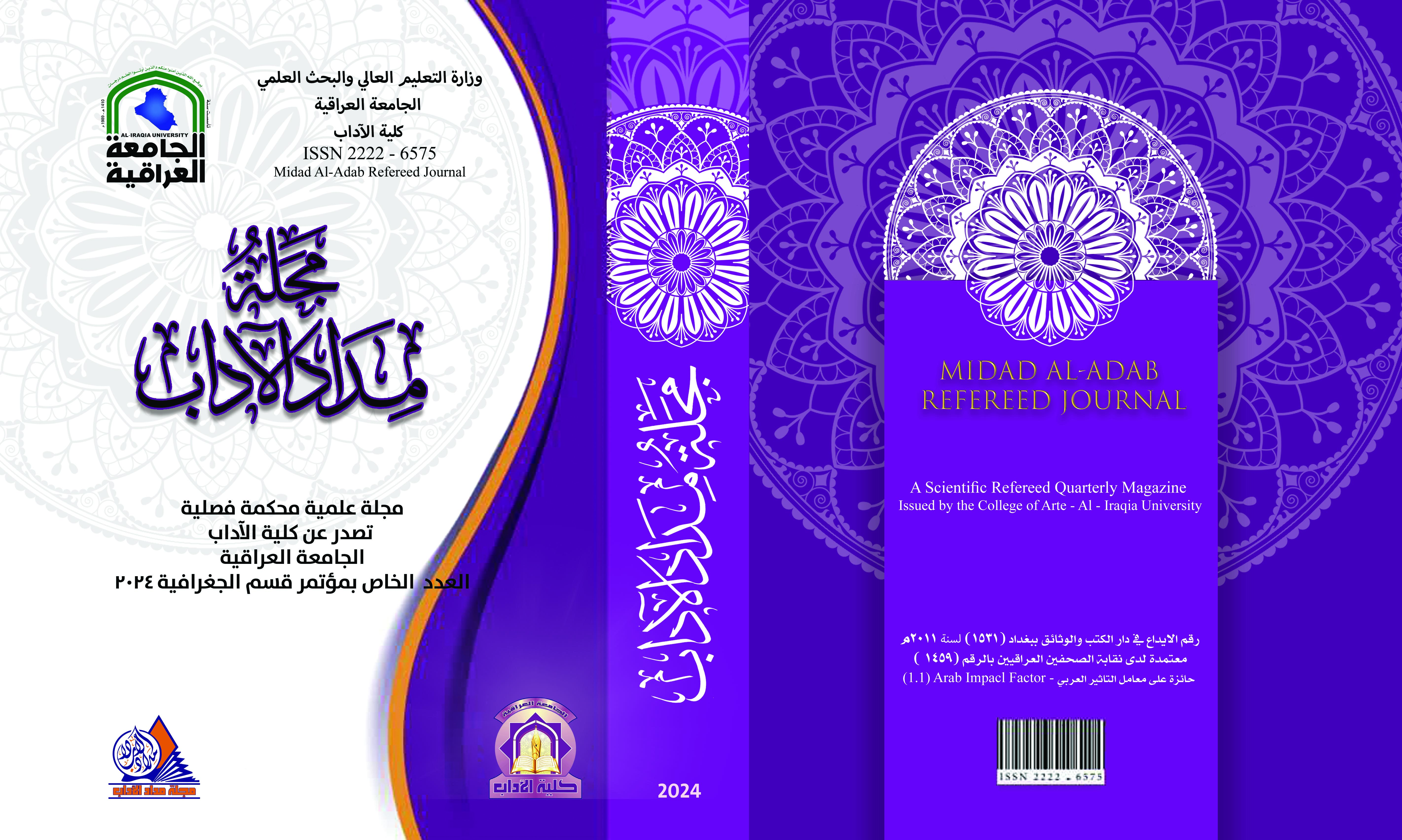Investments of Saqlawiya irrigation water project and its development dimensions
DOI:
https://doi.org/10.58564/ma.v14iالعدد%20الخاص%20بمؤتمر%20قسم%20الجغرافية.1469Keywords:
Keywords: Investments, Saqlawiya irrigation water project, Khar al-AinAbstract
The research included study of the Saqlawiyah irrigation project located in Anbar Governorate, within the Saqlawiyah and Karma districts. The study was conducted to determine the spatial development role of Saqlawiyah irrigation project in the study area (707 km2). According to the analysis of data in the table, the results showed that the discharge of the Saqlawiyah irrigation project is characterized by variation from year to year. In this context, sometimes the water level in the project decreases registering a deficit water reached 13 m3/sec then increases to 22 m3/sec. due to its connection with the Euphrates River. Regarding the qualitative characteristics of the project’s water, most of its ions fall within the permissible limits, and others are permitted, but with restrictions, such as water salinity parameter, which its concentration in the project water ranges between 415-1009 mg/L, and it has become clear through the study with its various scientific methods that there is no real and sound investment in the Saqlawiya irrigation project (as a growth pole) in light of the presence of the available development potentials, especially the agricultural development potentials, where the agricultural land is 226,802 dunums, while the actual cultivated areas amounted to 47,299 dunums. Consequently, 82.7% of the lands are not exploited for agriculture, and the same is the case for the rest of the aspects, which negatively affected the backwardness of the economic structure, which is required within the framework of this study. Formulating strategies supported by development plans and development goals that can effectively contribute to enhancing opportunities for developing spatial development levels within the study area.
Downloads
Published
Issue
Section
License

This work is licensed under a Creative Commons Attribution-NonCommercial-NoDerivatives 4.0 International License.








